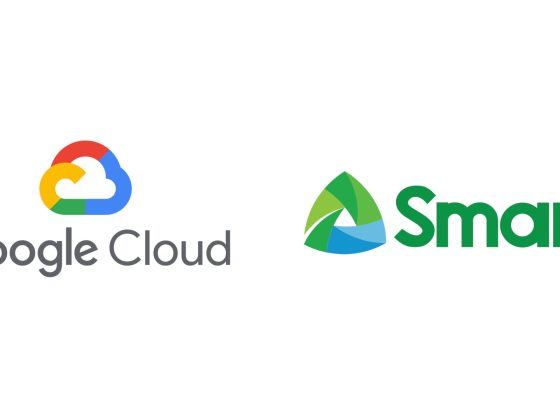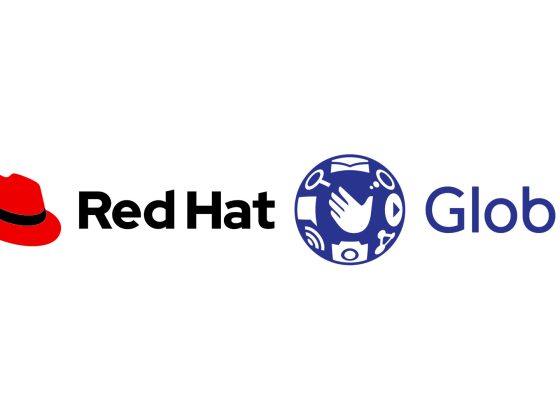We’ve come a long way since annual weather forecasts from the Farmer’s Almanac were the basis for how we planned, planted, or invested. Today, there’s a large, growing market for precise, relevant weather information to improve business and government operation. Weather predictions have become a significant strategic advantage, helping ensure uninterrupted service, boosting weather-related sales, improving public safety, and reducing operational risk.
What’s made this possible? At one time, the processing power and vast data storage that were necessary limited weather data crunching to large enterprises that could afford the infrastructure. The cloud has changed all that—dramatically—with vast scalability, lower entry and operating costs, and creation of entirely new business opportunities. Here’s how.
From our partners:
Data in the cloud: sunny outlook for more useful predictions
Tracking constantly changing weather conditions such as temperature, humidity, barometric pressure, wind speeds, and precipitation generates tons of data by the minute. Once it’s gathered, complex calculations are required to make actionable predictions.
The cloud provides efficient storage and processing capabilities that make these tasks much easier. The cloud’s real-time scalability handles the massive and ever-changing data volumes and processing tasks, while using only the resources needed. And since so much information is aggregated, the end product is far more useful. Industry leader AccuWeather’s systemautomatically compares a customer’s unique sales history with AccuWeather’s historical weather database. A business can upload sales records from a store, a region, or a single SKU, and minutes later get analytics showing how sales of specific products will be affected by incoming rain, snow, or hurricane.
Connectivity creates new business opportunity
The cloud has made meteorology hyper-local. With Internet-of-Things connectivity, it’s now possible to get accurate weather pattern data down to the street level. Fathym uses this capability in a technology package they sell to municipalities and commercial fleets. Vehicles mounted with sensors collect road data that’s synced with weather forecasts. On customized dashboards, users can view current road conditions and set alerts about unsafe driving conditions based on the incoming data. Transportation officials can allocate the right amount of road resources—deicers, snowplows—at the right time.
This powerful cloud/IoT one-two punch has moved government agencies from reactive to proactive in their winter road management while cutting maintenance and emergency costs. It can also save fleet managers tens of thousands of dollars by rerouting drivers in real time and reducing delays.
Smart machines: making emerging weather patterns more predictable
AccuWeather is using cloud-based machine learning to discover new patterns in data, deliver lifesaving weather data in new and innovative ways, and provide up-to-date predictions that drive profits.
A leader in high-performance computing, the company is aggressively adopting the cloud to improve forecasts, scale its services, and innovate. “The impetus for moving to the cloud was better scalability and resilience, which we need for delivering timely information such as tornado warnings to our customers,” says chief technology officer Chris Patti.
AccuWeather recently launched its D3 Express cloud-based analytics product that quantifies and rapidly notifies everyone—from farmers to holiday retailers—of disruptive weather events. Like never before, these clients can make decisions that maximize returns on weather-driven opportunities and minimize losses. With cloud-enabled, machine-learning services, AccuWeather can scale such advanced modeling across its entire customer base.
In addition, the company has migrated its APIs to the cloud, simplifying scalability, ensuring high-quality, reliable access to valuable weather data for customers—and reducing the company’s operational overhead to boot.
The sky’s the limit
The cloud has lowered the cost of entry for organizations that want to capitalize on real-time weather science. There’s less hardware to own. Off-the-shelf, advanced analytics are available from pre-built services, along with plug-and-play APIs. All this is making weather data more accessible to more users.
At a time when weather patterns are veering into new territory, the forecast calls for clear skies for a cloud-first approach that’s bringing more predictability on the weather. Learn more about how to get actionable insights from cloud-based data.
See original post here.
For enquiries, product placements, sponsorships, and collaborations, connect with us at [email protected]. We'd love to hear from you!
Our humans need coffee too! Your support is highly appreciated, thank you!








